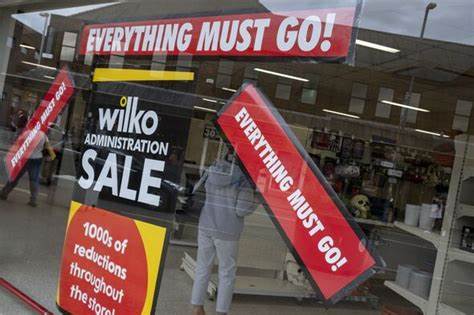-
Published1 hour ago
The Chancellor Rachel Reeves has announced an increase in the amount of stamp duty paid by second-home buyers, landlords and companies.
The higher rate paid on additional properties will rise from 3% to 5% from 31 October.
There had been speculation the the government might cancel a planned cut in residential stamp duty thresholds in March 2025, but it has not done so.
What is stamp duty and who needs to pay it?
Stamp Duty Land Tax (SDLT) is a tax due if if you buy a property or land over a certain price in England and Northern Ireland, external.
You pay the tax when you:
-
buy a freehold property
-
buy a new or existing leasehold
-
buy a property through a shared ownership scheme
-
take on a mortgage or buy a share in a house
The amount of stamp duty you owe depends on the cost of the property, whether it will be used for residential purposes, and whether you own any other property.
How much is stamp duty?
At the moment, buyers of homes worth less than £250,000 don’t pay stamp duty. This was doubled from £125,000 under Liz Truss’s mini-Budget in September 2022.
The threshold is £425,000 for those buying their first property. This was raised from £300,000 as part of the mini-Budget.
These higher thresholds will end in March 2025, when they are expected to revert to previous levels.
-
£0-£250,000 (£425,000 for first-time buyers) = 0%
-
£250,001-£925,000 = 5%
-
£925,001-£1.5m = 10%
-
£1.5m+ = 12%
If you already own a residential property worth £40,000 or more, and you buy another (or a part of one), you have to pay an additional 3% on top of the rates above, external. This will rise to 5% from 31 October.
The single rate of stamp duty charged when firms buy dwellings worth more than £500,000 will also increase from 15% to 17%.
Stamp Duty Land Tax (SDLT) raised £15.4bn for the government in the 2022/23 financial year, external, a 9% increase on the £14.1bn raised in 2021/22.

What do property buyers pay in Scotland?
In Scotland, the current rates for the Land and Buildings Transaction Tax, external (LBTT) are:
-
£0-£145,000 (£175,000 for first-time buyers) = 0%
-
£145,001-£250,000 = 2%
-
£250,001-£325,000 = 5%
-
£325,001-£750,000 = 10%
-
£750,001+ = 12%
Purchasers who already have a residential property also have to pay an Additional Dwelling Supplement (ADS), external on top of LBTT if their share of the new property is worth £40,000 or more. The ADS is 6% of the purchase price.
This includes people buying a second home, a rental property or a holiday home.
What do property buyers pay in Wales?
In Wales the current standard rates for Land Transaction Tax, external (LTT) are:
-
£0-£225,000 = 0%
-
£225, 001-£400,000 = 6%
-
£400,001-£750,000 = 7.5%
-
£750,001-£1.5m = 10%
-
£1.5m + = 12%
Purchasers usually have to pay the higher rate of LTT if they:
-
buy a residential property worth £40,000 or more, and
-
already own one or more other properties
The higher rates of LTT are:
-
£0-£180,000 = 4%
-
£180,001-£250,000 = 7.5%
-
£250,001-£400,000 = 9%
-
£400,001-£750,000 = 11.5%
-
£750,0001-£1,500,000 14%
-
£1.5m + = 16%
When do you have to pay stamp duty?
You have 14 days to pay stamp duty from the date of completion in England and Northern Ireland.
In Scotland and Wales you have 30 days from the point of purchase.
If it takes longer, you could face a fine, or be charged interest on the duty you owe.
How do you pay stamp duty?
House buyers often pay via their solicitors, but you can also pay directly online, or by cheque or cash in many banks.
It is also possible to add stamp duty to mortgage loans and increase your debt to cover the cost of the tax, but you could end up paying significantly more in interest payments.













































